- Home
- Integrations
Integrations
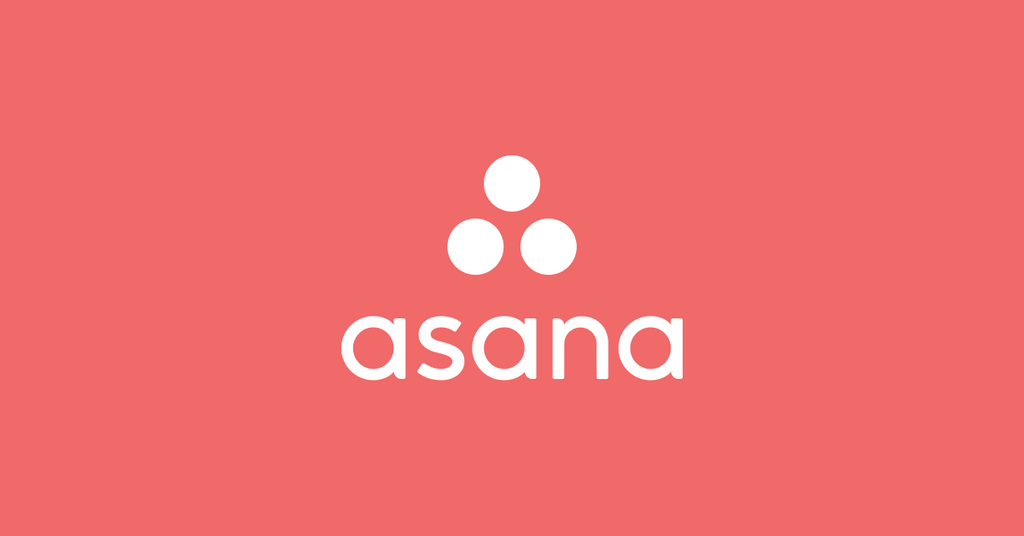
Asana Update a Task's Dependents Integration
$0.00
Asana is a popular project management tool that allows teams to track their work and organize tasks. When working on complex projects, certain tasks might depend on the completion of other tasks. Asana's API provides an endpoint that can help deal with these dependencies, specifically the endpoint to update a task's dependents. Below is an expla...
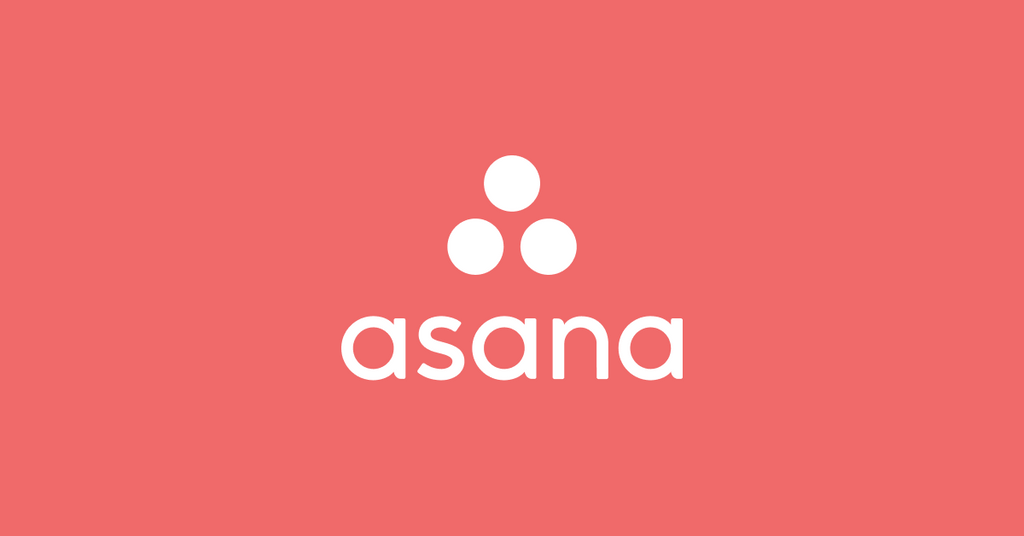
Asana Update a Task's Dependencies Integration
$0.00
Functionalities of the Asana Update a Task's Dependencies Integration API Endpoint The Asana Update a Task's Dependencies Integration API endpoint provides developers and users of the Asana project management platform the ability to programmatically modify dependencies between tasks within a project. This feature is instrumental for project man...
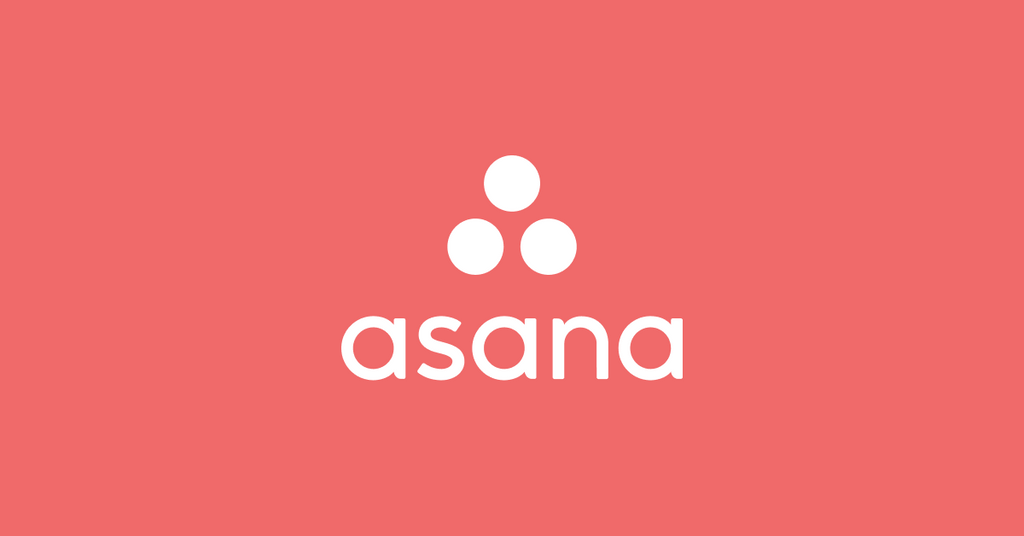
Asana Update a Task Integration
$0.00
Certainly! Here's the explanation in HTML format: ```html Asana Update a Task Integration Asana Update a Task Integration The Asana Update a Task API endpoint is part of the Asana API, which is a powerful tool for developers to integrate with Asana's project management software. This particular endpoint ...

Asana Update a Tag Integration
$0.00
Utilizing the Asana API to Update a Tag: Integration Possibilities and Problem-Solving The Asana API provides a plethora of endpoints that allow developers to create integrations which can greatly enhance the capabilities of the Asana task and project management platform. One such endpoint is the 'Update a Tag' API. This particular endpoint all...
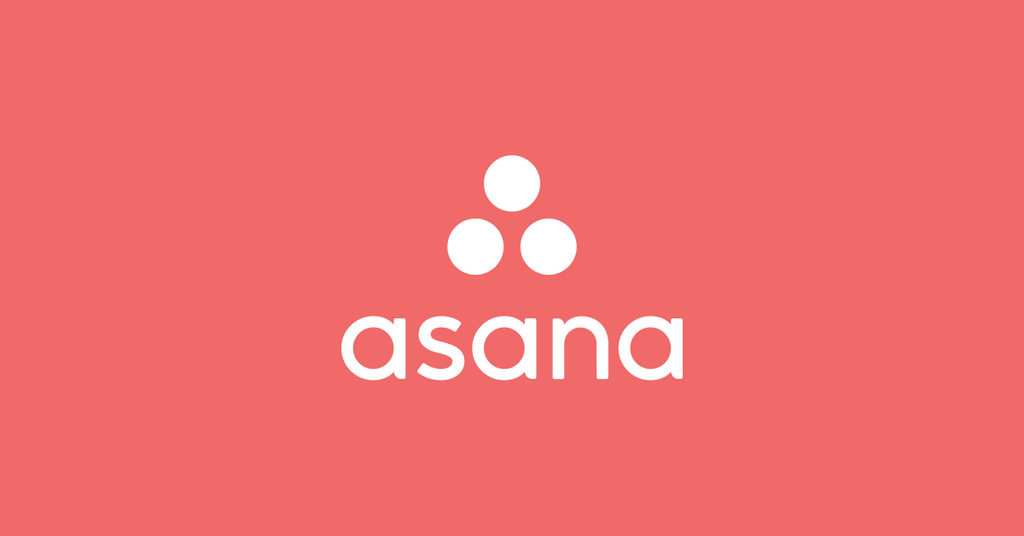
Asana Update a Story Integration
$0.00
Understanding the Asana Update a Story API Endpoint Asana is a popular project management tool that provides a range of functionalities to help teams organize, track, and manage their work. One integral feature of Asana is the ability to create and manage "stories." A story in Asana may represent a comment, a state change, or an update on a tas...
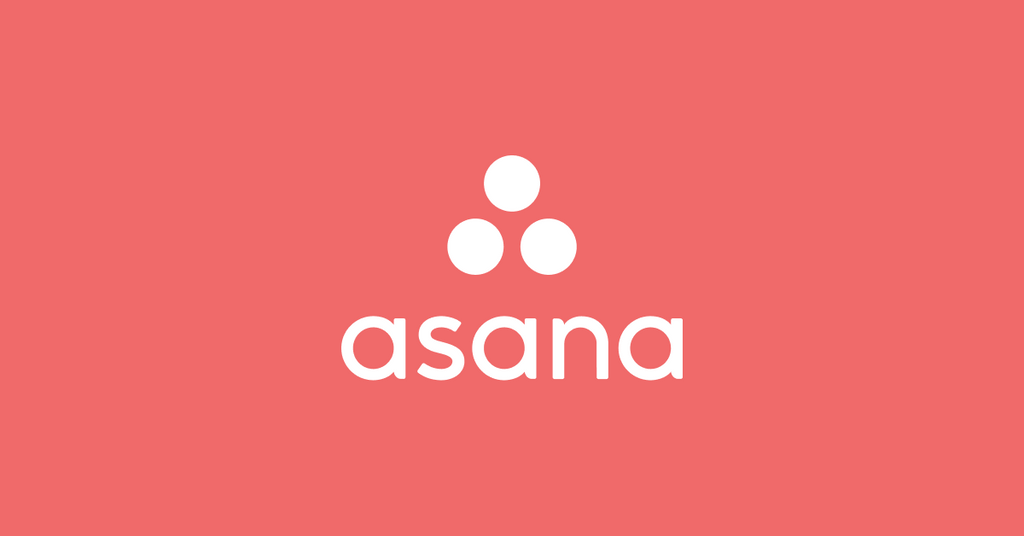
Asana Update a Project's Custom Fields Integration
$0.00
Asana Update a Project's Custom Fields Integration Asana is a popular project management tool that helps teams organize, track, and manage their work. It provides several APIs that allow developers to integrate Asana's capabilities with other applications or create custom solutions to extend its functionality. One such API endpoint is the "Upda...

Asana Update a Project Section Integration
$0.00
Asana Update a Project Section Integration: Capabilities and Problem-Solving The Asana Update a Project Section Integration API endpoint is a powerful tool designed for managing and organizing tasks within the Asana project management platform. This endpoint allows users to update the details of a specific section within a project. Sections in ...
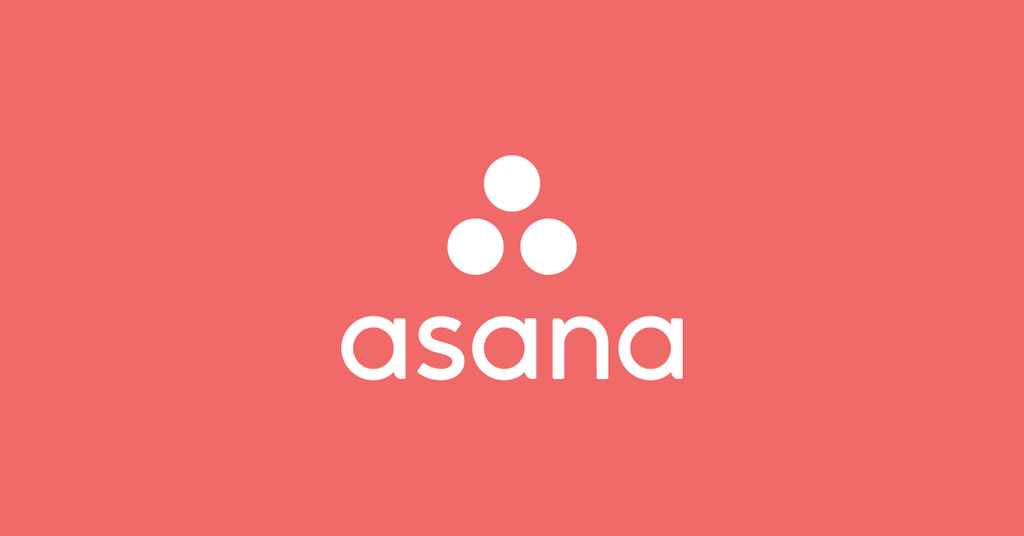
Asana Update a Project Integration
$0.00
Understanding the Asana Update a Project Integration API Endpoint Asana Update a Project Integration API Endpoint Explained The Asana Update a Project Integration API endpoint is a powerful tool in the Asana REST API that allows third-party applications and custom scripts to modify specific integration settings for a projec...
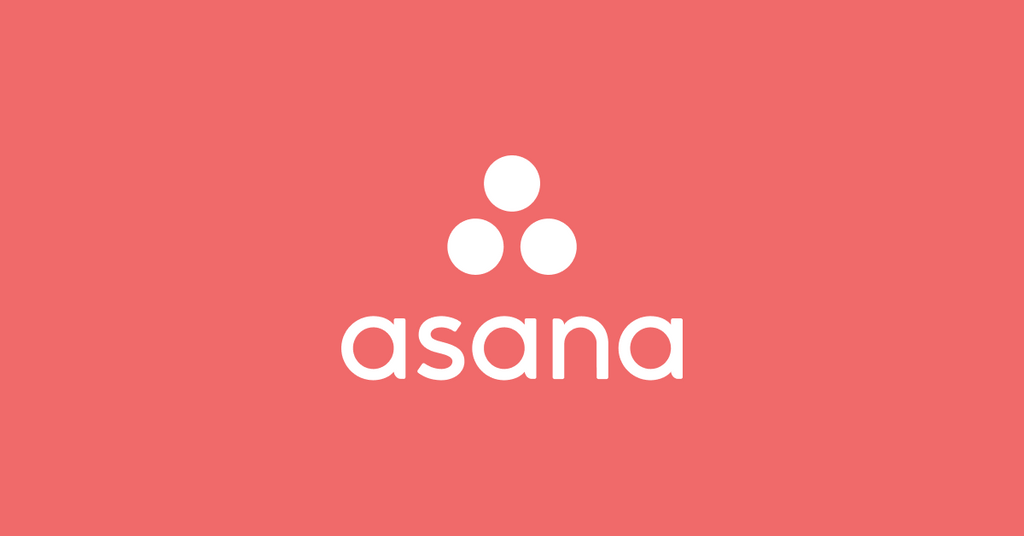
Asana Update a Portfolio Integration
$0.00
The Asana Update a Portfolio Integration API endpoint is designed to allow users to update the configuration of a specific integration associated with a portfolio in Asana, which is a popular project management tool. This endpoint can be very useful for teams and organizations that rely on portfolio management within Asana to keep track of vario...
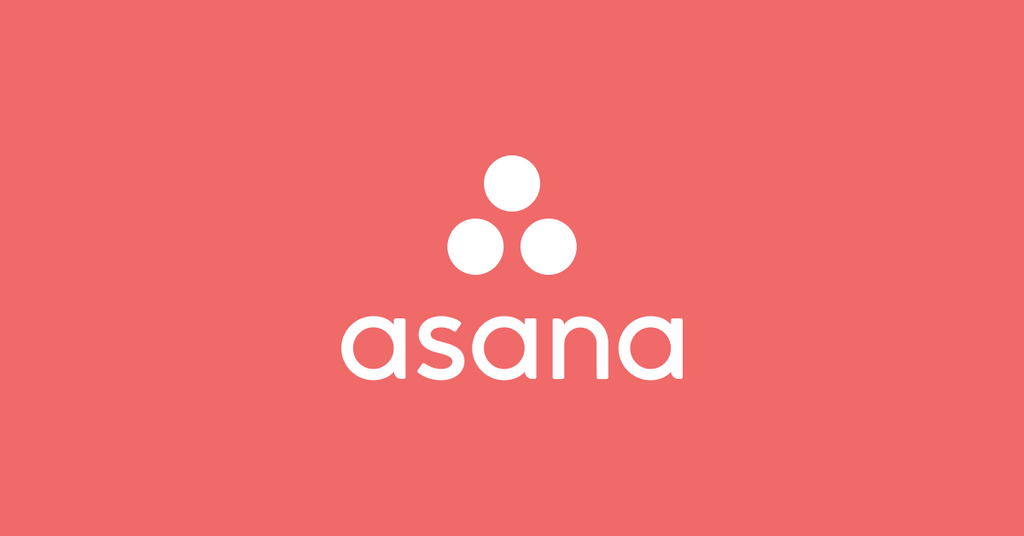
Asana Update a Custom Field Option Integration
$0.00
Asana Update a Custom Field Option Integration: A Versatile Tool for Workflow Enhancement The Asana Update a Custom Field Option API endpoint is a powerful and versatile feature that enables users to modify existing options for custom fields within their Asana projects. Custom fields in Asana are additional attributes users can create to track ...
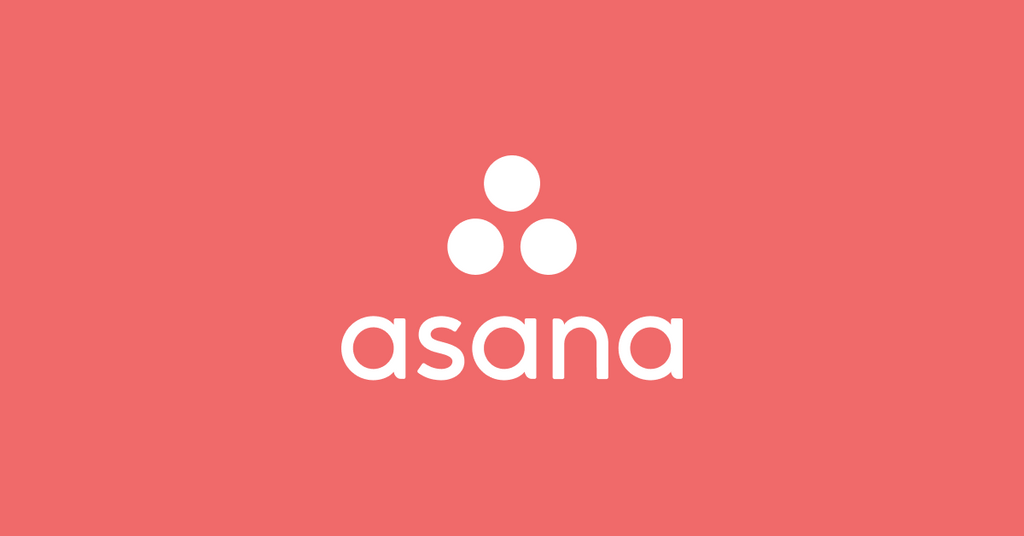
Asana Update a Custom Field Integration
$0.00
The Asana Update a Custom Field Integration API endpoint is a powerful tool for enhancing and customizing the functionality of your Asana projects by updating the parameters of custom fields that you've added to your tasks. This API endpoint can streamline workflows, provide better context for tasks, and ensure that your team's work is aligned w...
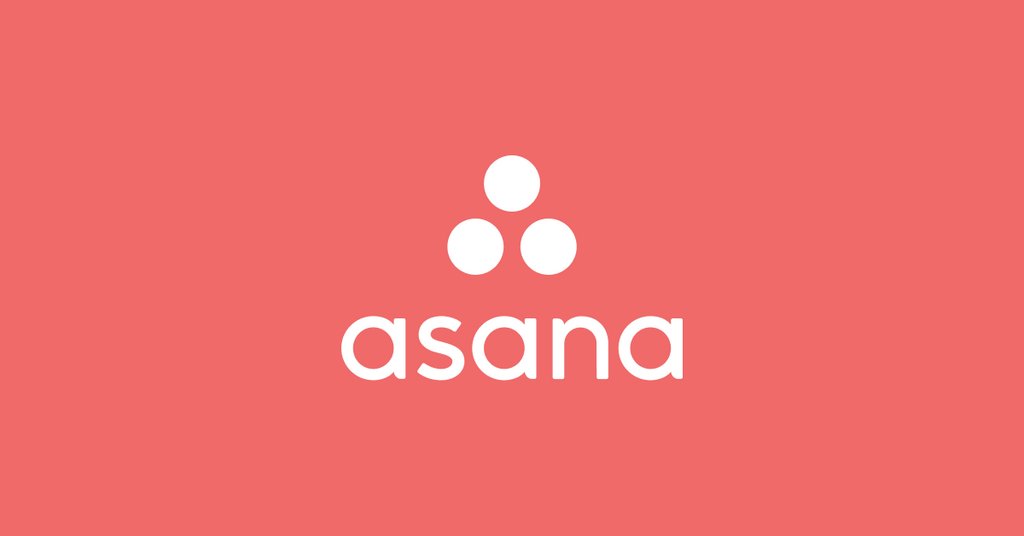
Asana Remove Users from a Portfolio Integration
$0.00
Understanding the Asana Remove Users from a Portfolio Integration API Endpoint Asana is a project management tool designed to help teams organize, track, and manage their work. Within Asana, Portfolios are used as a high-level overview feature that allows managers and team members to monitor the progress of multiple projects at once. In dynamic...
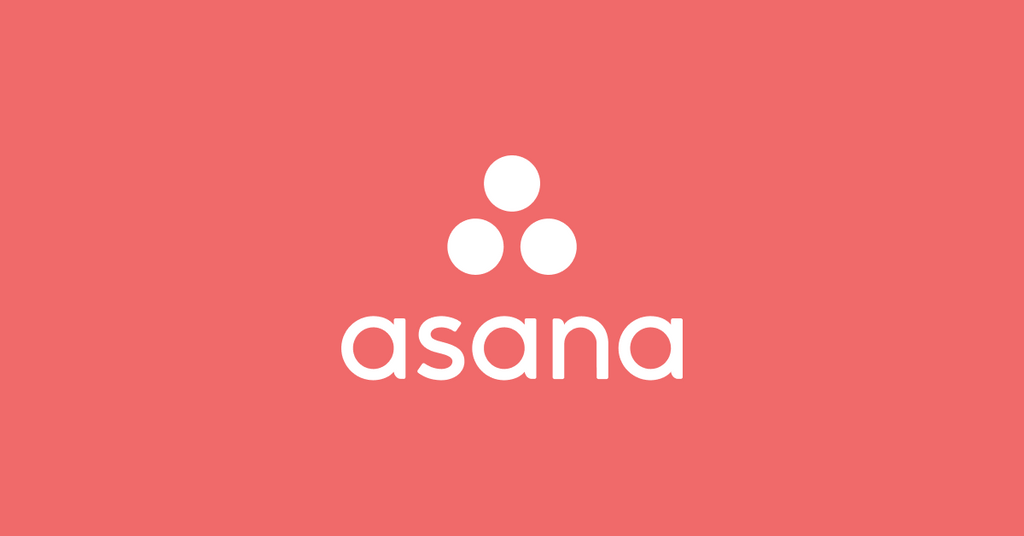
Asana Remove a User From a Team Integration
$0.00
```html Asana Remove a User From a Team Integration Overview Understanding the Asana API: Removing a User from a Team The Asana Application Programming Interface (API) provides various endpoints that enable developers to integrate their applications with Asana's project management features. One such endpoint is the Remove a User from a ...

Asana Remove a Task from a Project Integration
$0.00
Understanding the Asana Remove a Task from a Project API Endpoint In project management, it's critical to maintain an organized and up-to-date workflow, which includes ensuring that tasks are appropriately sorted and managed within projects. The Asana Remove a Task from a Project API endpoint is a feature that allows developers to programmatica...
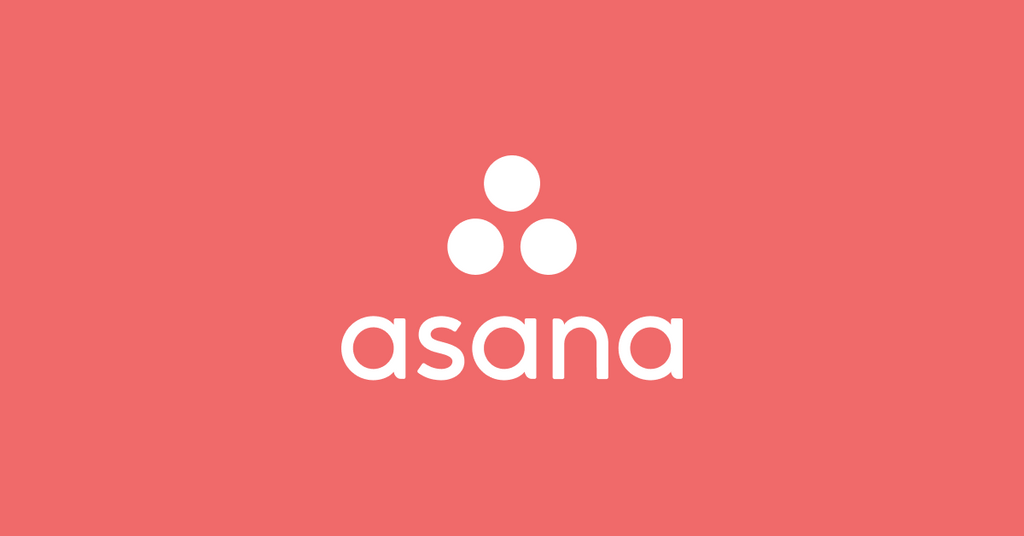
Asana Move a Project Section Integration
$0.00
Asana Move a Project Section Integration Asana Move a Project Section Integration The Asana Move a Project Section API endpoint is a feature that allows developers to programmatically move sections within an Asana project. Asana is a project management tool that helps teams organize and track the progress of their work...
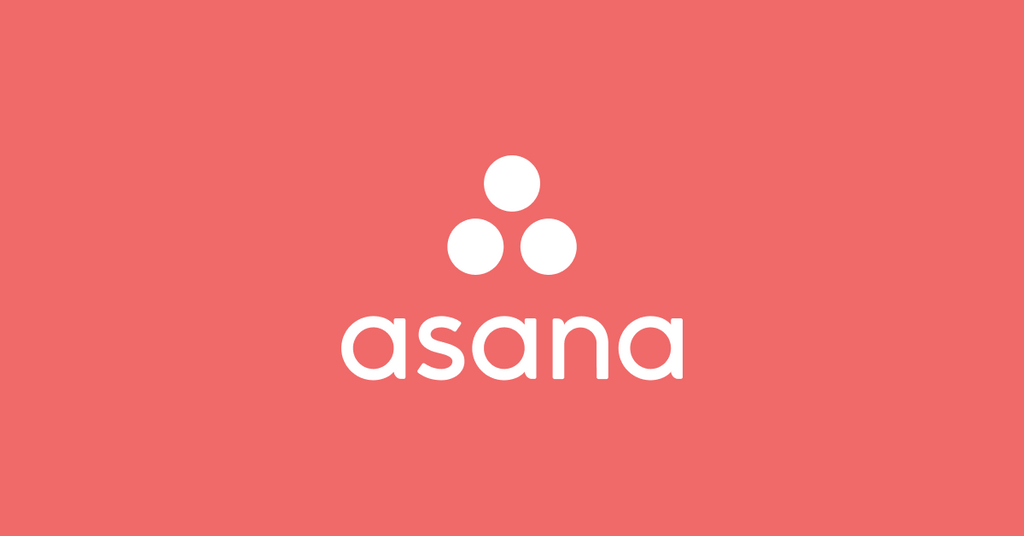
Asana Make an API Call Integration
$0.00
Asana API Endpoints and Their Uses One of the key API endpoints that Asana offers is the "Make an API Call" integration. This endpoint allows developers to interact with Asana’s platform in a more dynamic and customized manner. By using this endpoint, you can programmatically access and manipulate your Asana workspace's data. This can involve qu...

Asana List Workspaces Integration
$0.00
Asana is a widely-used project management tool that assists teams in organizing, tracking, and managing their work. One of the essential features of Asana is its application programming interface (API), which allows developers to integrate Asana's capabilities with other applications, services, and internal systems. A particularly useful endpoin...
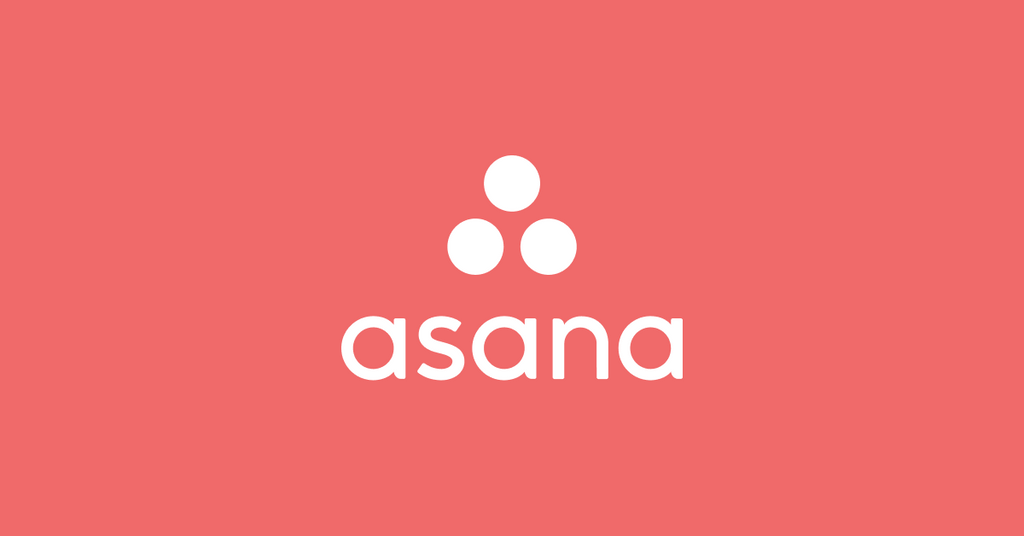
Asana List Webhooks Integration
$0.00
Exploring the Asana List Webhooks API Endpoint Understanding the Asana List Webhooks API Endpoint The Asana List Webhooks API endpoint is part of Asana's suite of RESTful interfaces which allows developers to programmatically interact with Asana, a popular project management tool. Webhooks in Asana are intended for applications to rec...

Asana List Users Integration
$0.00
Asana is a project management tool that allows teams to coordinate and manage their work. The Asana API provides programmatic access to the platform, enabling developers to build applications and integrations that extend the functionality of Asana to meet the specific needs of their teams and organizations. One of the API endpoints available is...

Asana List Tasks Integration
$0.00
Capabilities of the Asana List Tasks API Endpoint The Asana List Tasks API endpoint is a powerful tool that provides programmatic access to tasks within the Asana project management platform. It allows developers to retrieve a collection of tasks from a project, a user’s task list, or even across the entire workspace or organization. This capab...
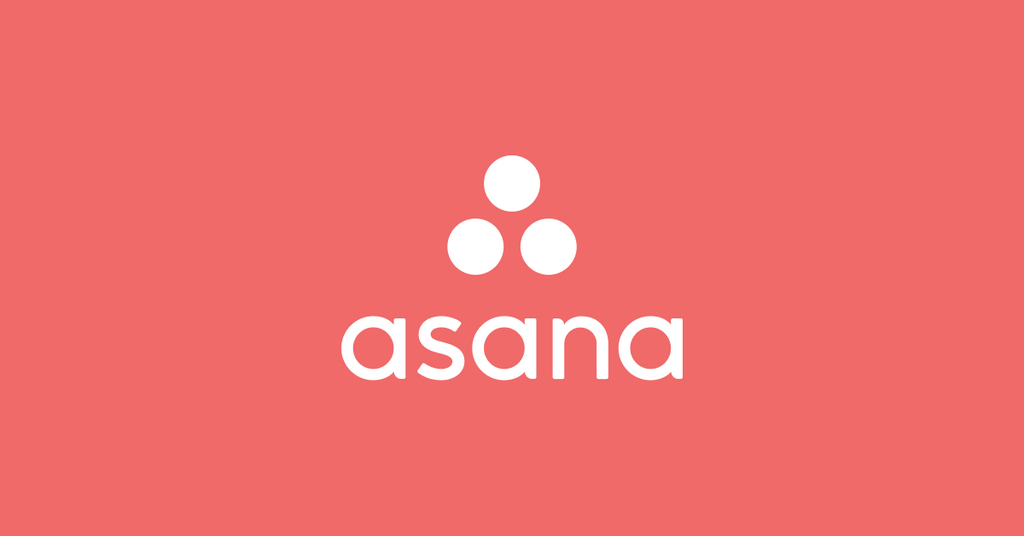
Asana List Tags Integration
$0.00
Understanding Asana List Tags Integration Exploring the Asana List Tags Integration API Endpoint The Asana application provides a feature-rich API that allows developers to create integration and automation solutions around Asana's project management tools. One of the useful API endpoints available is the Asana List Tags In...
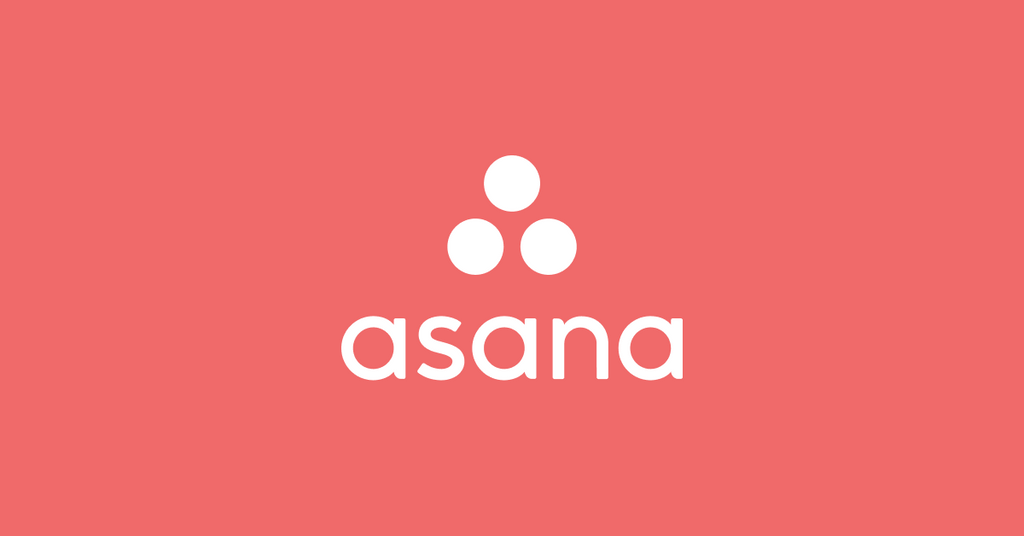
Asana List Projects Integration
$0.00
The Asana List Projects API endpoint is a valuable resource for integrating Asana project data into other applications or services. Asana is a project management tool that helps teams organize, track, and manage work. By using the List Projects API endpoint, developers can programmatically retrieve information about all projects within a designa...
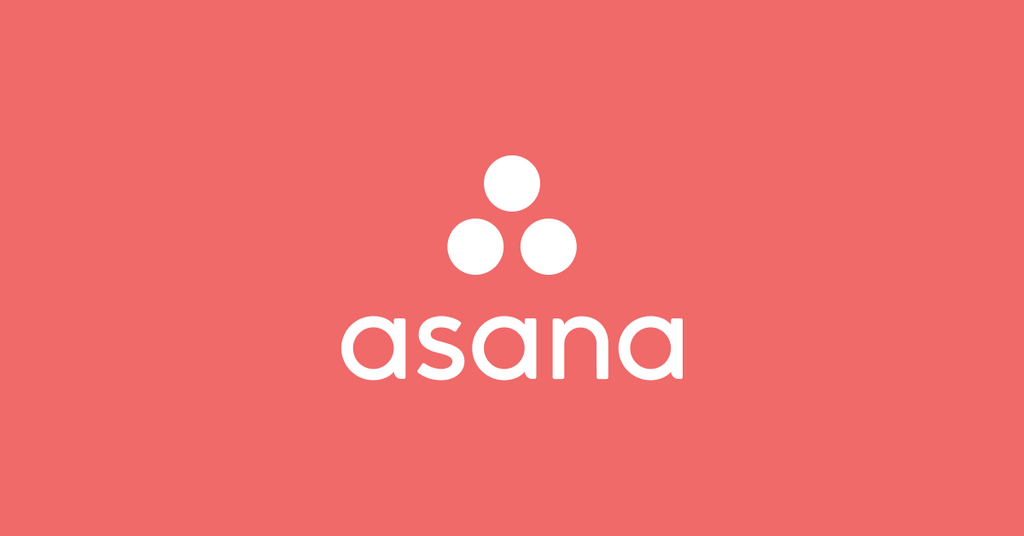
Asana List Project's Statuses Integration
$0.00
Asana List Project's Statuses Integration API Endpoint The Asana List Project's Statuses Integration API endpoint is a feature provided by the Asana platform, a project and task management tool used by teams for organizing their work. This particular endpoint allows users to retrieve a list of all the status updates that have been posted for a ...
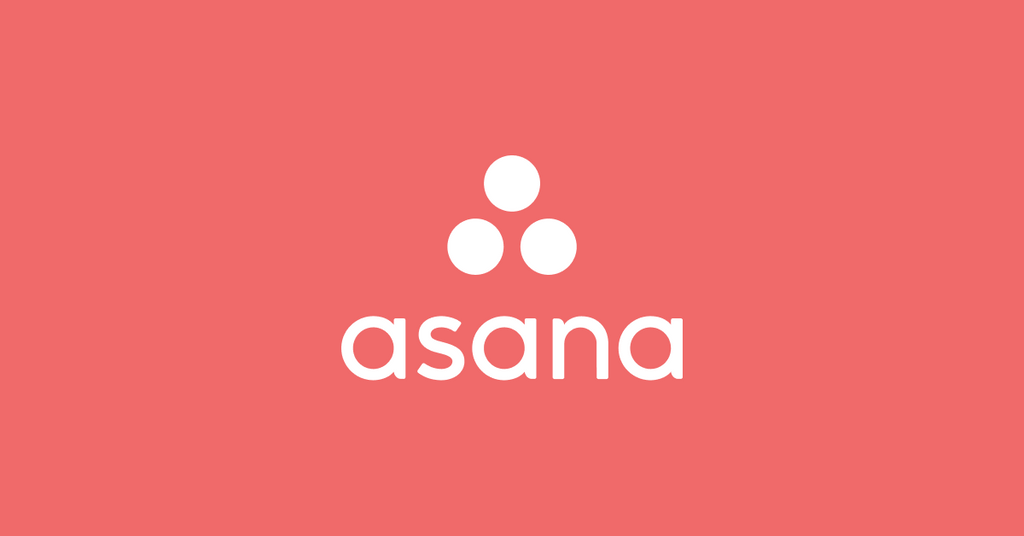
Asana List Portfolios Integration
$0.00
Asana is a project management tool that helps teams organize, track, and manage their work. To enhance its functionality and accommodate workflow automations, Asana provides a set of API endpoints that developers can use to integrate Asana with other applications or to create custom solutions that fit their needs. One such endpoint is the List P...
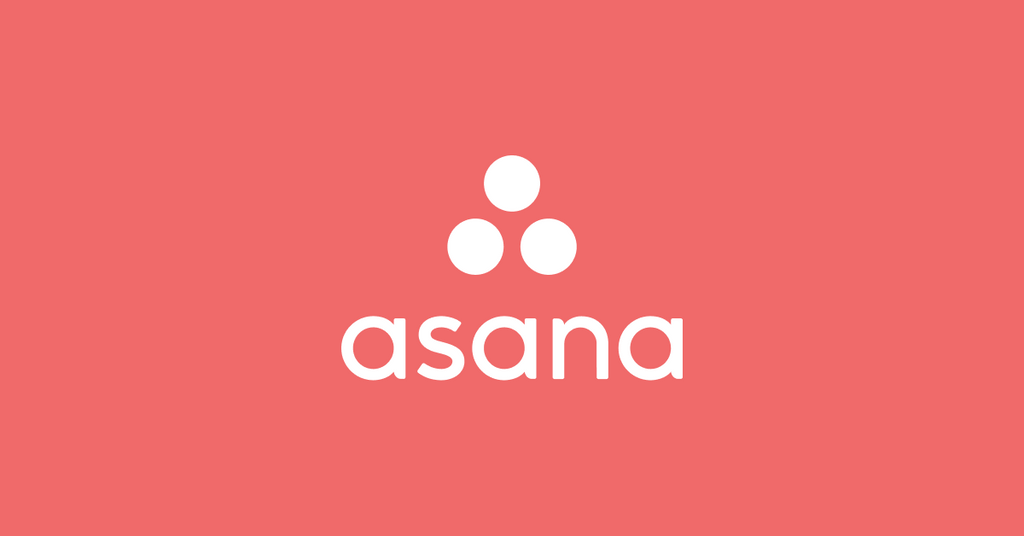
Asana List Goals Integration
$0.00
Exploring the Uses of Asana List Goals API Endpoint The Asana List Goals API endpoint is a powerful interface that allows developers to retrieve a collection of goals from within an organization that uses Asana for project and task management. This feature provides an effective way to synchronize Asana's goal-setting functionalities with extern...

Asana List a Workspace's Users Integration
$0.00
The Asana List a Workspace's Users Integration API endpoint is a resource provided by Asana that enables developers to retrieve information on all users that are members of a specific workspace or organization. This API endpoint is an invaluable tool for developers and organizations that require an automated, programmatic way to manage their tea...
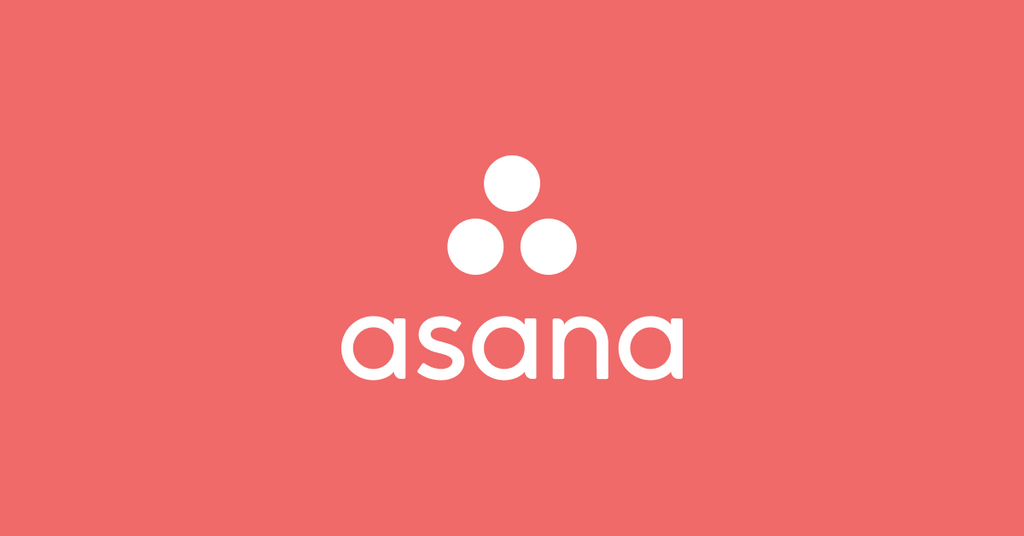
Asana List a Workspace's Teams Integration
$0.00
The Asana List a Workspace's Teams Integration API endpoint is a tool within Asana's extensive suite of APIs that allows you to retrieve a list of all teams within a specific workspace or organization. A "team" in Asana is a group of people within an organization who are collaborating on various projects. This endpoint has several applications a...

Asana List a Workspace's Custom Fields Integration
$0.00
Asana is a project management tool that allows users to manage their tasks and projects efficiently. One of the features that Asana provides is the ability to use custom fields, which enable users to add additional data and context to their tasks beyond the standard fields. The Asana List a Workspace's Custom Fields API endpoint is designed to h...
Collections
- 0CodeKit Integrations
- Accounting
- ACH Processing
- Active Campaign
- Ai Automations and Integrations
- Aircall
- All Integrations
- Annuities
- ATS
- Auto & Home
- BI and Analytics
- Brand Management
- Bullhorn Integration Endpoints
- Business Infrastructure
- Business Operations
- Business Retirement Plans
- Business Systems
- Card Access
- CCaaS
- Clio Integrations
- Cloud Services
- Connectivity, MPLS, Private Line
- Cost Reduction
- CPaaS/SIP
- Customer Relationship Management
- Data Center
- Developer Platforms
- Development
- E-Commerce
- E-Commerce Software
- eREIT
- Field Service Automations and Integrations
- Finance Automations and Integrations
- Financial
- Fire Alarm Systems
- Fleet Tracking
- FTP Hosting
- Gift Card & Loyalty
- Google Sheets
- Graphic Design
- Health
- Healthcare Software
- HR and HCM Automations and Integrations
- HR Software
- Human Resources
- Implemenation
- Insurance
- Integrate RingCentral With Monday.com
- Integrations
- International
- Intrusion Systems
- Investments
- Invoicing
- Invoicing and Contract Software
- Lead Generation
- Learning Management
- Legal
- Legal Services
- Long Term Care
- Managed Investments
- Managed Services
- Marketing
- Marketing
- Marketing Automations and Integrations
- Micro Funding
- Mobile Payments
- Mobility/IoT
- Monday.com Integrations
- Mutual Funds
- Other
- Others Software
- Outsourced Sales
- Pay Per Click
- Payment Processing
- Payroll
- Phone Systems
- Photography
- Pre-Paid Legal
- Print & Promotional
- Process Implementation
- Product Management
- Productivity
- Productivity & Efficiency Improvement
- Project Management
- Recuritment
- Recurring Payments
- RingCentral Integrations
- Sales Software
- Sales Training
- SD-WAN
- Search Engine Optimization
- Security
- Security and IT Management
- Security Systems
- Sling Scheduling Features
- SMS Communication
- Social Media
- Social Media Management
- Telecommunications Automations and Integrations
- Term Life
- Top Products
- Twilio Integrations
- UCaaS
- Video Conferencing
- Video Production
- Video Surveillance
- Web Development
- Web Hosting
- Webinar & Screen Sharing
- Workflow Training
- Zoho
- Zoho CRM Integrations
- Zoho Email & Collaboration
- Zoho Finance
- Zoho HR
- Zoho Legal
- Zoho Marketing
- Zoho Sales
- Zoho Service
- Zoho Suites
Brands
-
Liquid error (snippets/sidebar-collection line 199): internal



























